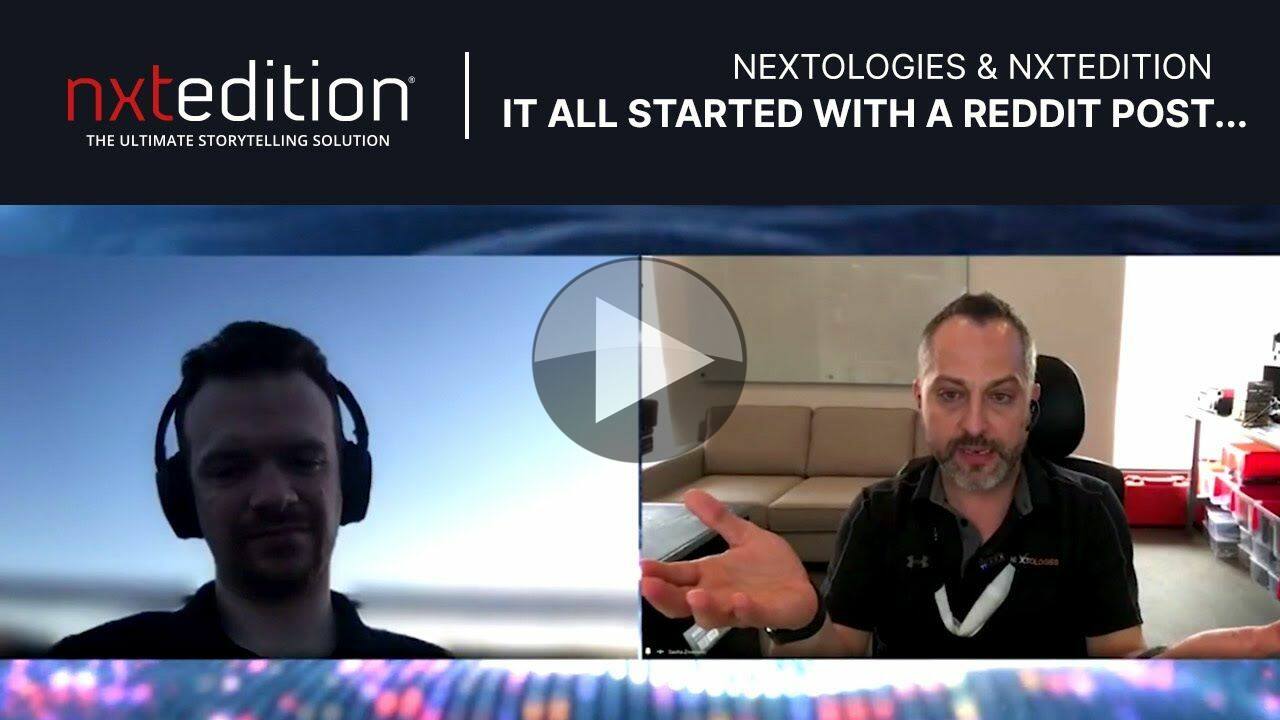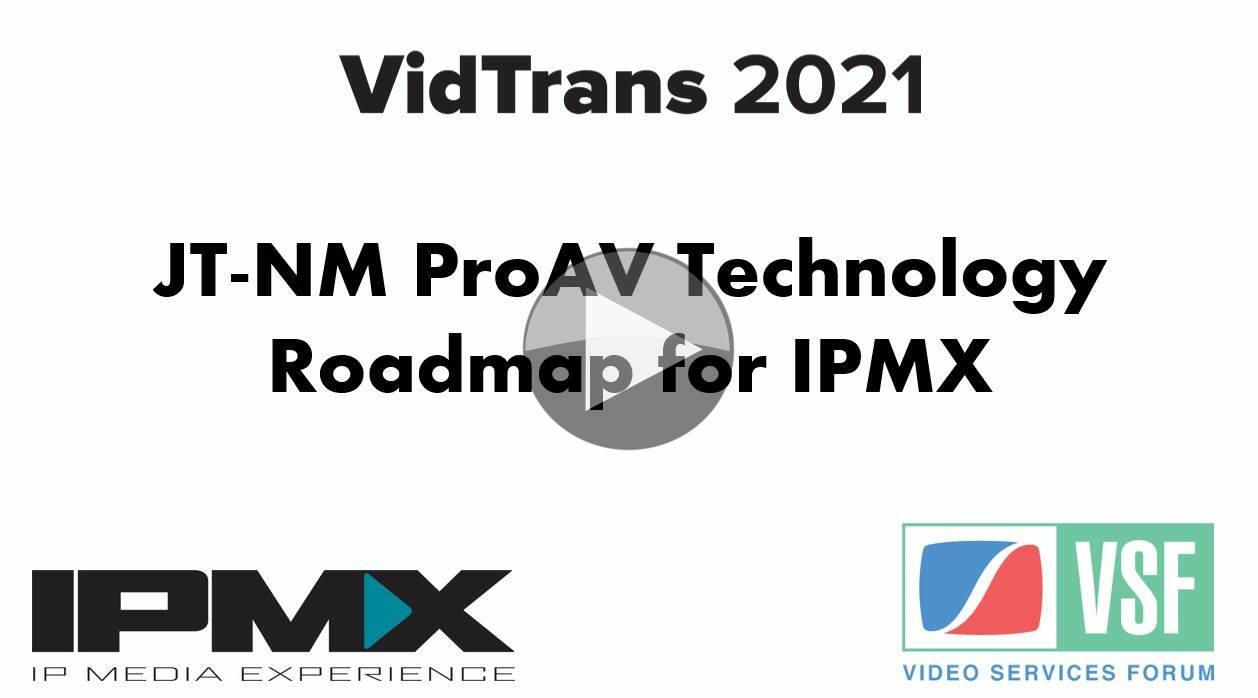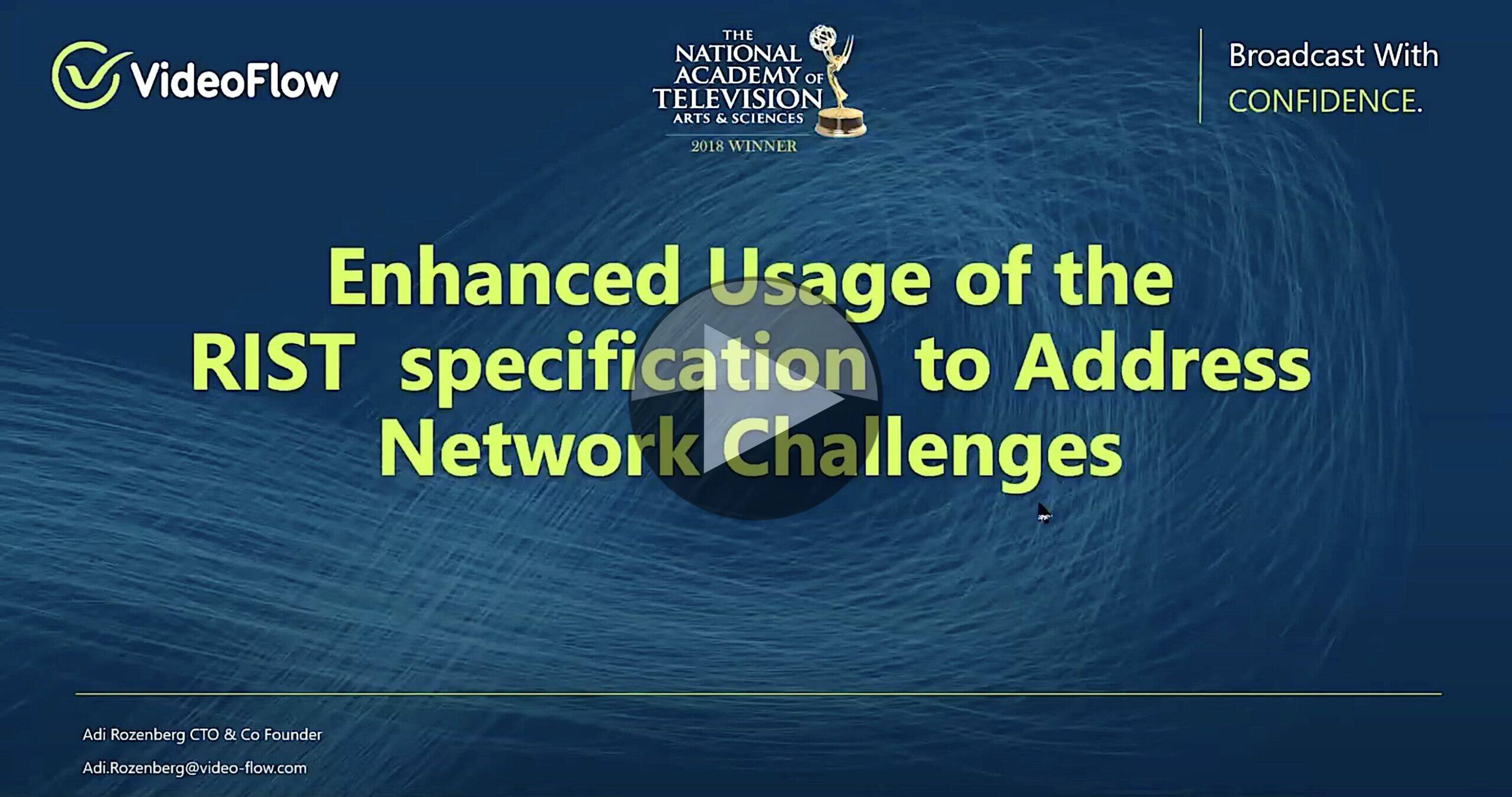A lively conversation today on updating workflows, upskilling staff, when to embrace the cloud…and when not to. Started by a discussion on Reddit, we hear from CEO of Canadian service provider Nextologies, Sasha Zivanovic and co-founder of Nxtedition, Robert Nagy. The discussion, hosted by Adam Leah, starts by tackling the question of how to deal with legacy workflows. The initial disagreement seems to come from the two approaches. Robert’s pragmatic approach acknowledges that legacy workflows can be functional and dysfunctional and the decision on whether to start again or transition lies in whether your current workflow works without constant human intervention or not. Sasha agrees that dysfunctional workflows, ones that fall apart if key people are away, need to be dismantled and reworked at the earliest opportunity. Otherwise, he feels that education is key in ensuring that you teach people how to use the new technologies available and how to create good, robust workflows on which you can really base your future business.
Indeed, for Sasha education is the key because, in his words, ‘there is no 1-800 Amazon’. Being progressive and moving your workflow into the cloud may be the right way forward, but understanding that the cloud providers are only providing infrastructure means that if any little thing doesn’t work, you will need your own staff to explain it and resolve the problem. Even big players who may have access to named Engineers will still have far too many smaller issues that they themselves will have to deal in order to allow their named resources at the cloud provider to work on the higher priority/bigger problems and designs being discussed. Moreover, lack of education is more likely to lead people simply to go with what’s easy namely making something work using free/low-cost hardware and software. Sasha’s point isn’t that free things are bad, but that often the solutions based on getting OBS up and running are often not robust and may accept more compromises such as latency of image quality, than needed.
Robert and Sasha go on to discuss this question of what quality is good enough directly, both advising against superfluous quality as much as recommending avoiding workflows that under spec the stream. Quality needs to come down to your brand, the video’s context and the technical capability of the workflow. To speak to the latter, both Robert and Sasha point out the folly in demanding archives and contribution happen in the ‘house format’ such as 25Mbps. Such bitrates may make a lot of sense on-prem, but for streaming or some cloud workflows are counterproductive and don’t deliver a better result to the viewer. Your brand does need to be considered in order to set a lower bar for the content, but usually, the venue of your video is more important, agree Robert and Sasha, where a YouTube Story would attract a different quality to a Vimeo post to a long-form OTT asset.
The larger concern raised in this conversation is the ‘bifurcation’ of the market. Looking at this from a service provider’s point of view, Sasha sees that the tech companies have increased the size of the market which positive. But with that comes problems. The ease of access to the cloud increases the ability for small players to participate but there is still a high-end place in the market where tier-1 broadcasters play who do benefit from the cloud, but still requires a high investment in time and design to create it along with high Opex. This doesn’t mean overall there is no cost-benefit to those broadcasters, often there is and sometimes it’s not cost they are optimising for. But it’s the gap that concerns Sasha, where those not engaging like tier-1 broadcasters tend to graduate to the bottom end of the market which has much lower revenues than before. Whilst The Broadcast Knowledge would suggest this is where Sasha can prove the worth of his company, anchoring the bottom of the market at a low cost does reduce the opportunities for companies such as Nextologies to charge a sufficient amount to cover costs and maintain competitiveness. Robert and Sasha both agree that that success with clients nowadays is achieved through partnering with them and following, helping and encouraging them on their journey. The value of such a long-term design or product partner is worth more than any single workflow.
Watch now!
Speakers
 |
Sasha Zivanovic CEO Nextologies |
 |
Robert Nagy Lead Developer & Co-founder, nxtedition |
 |
Moderator: Adam Leah Creative Director, nxtedition |












